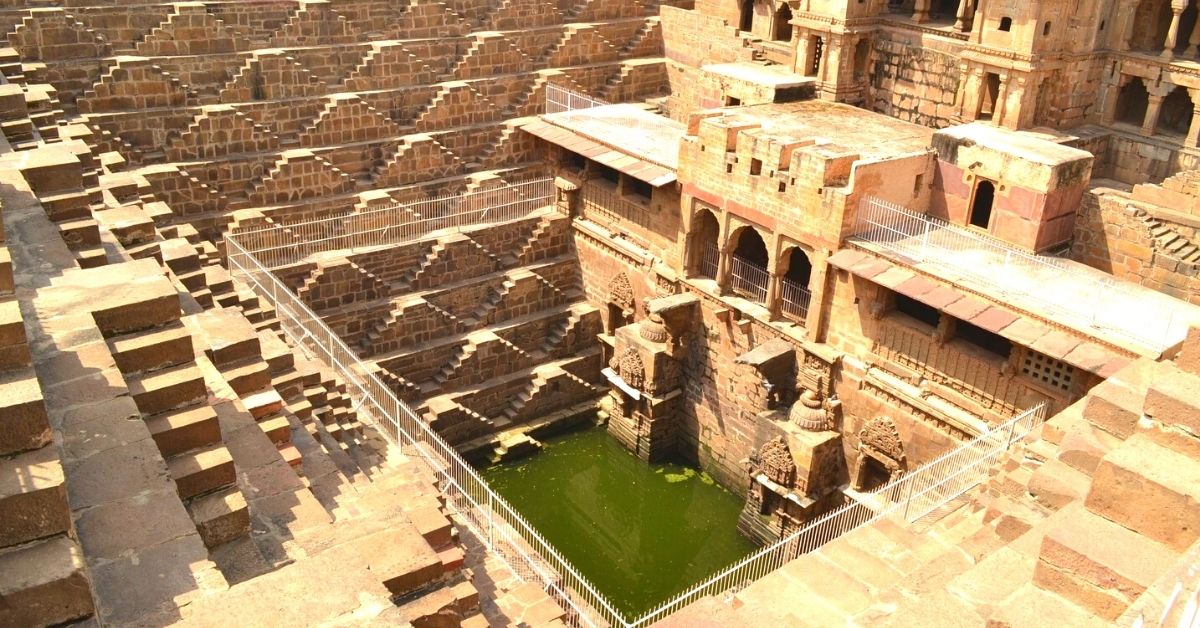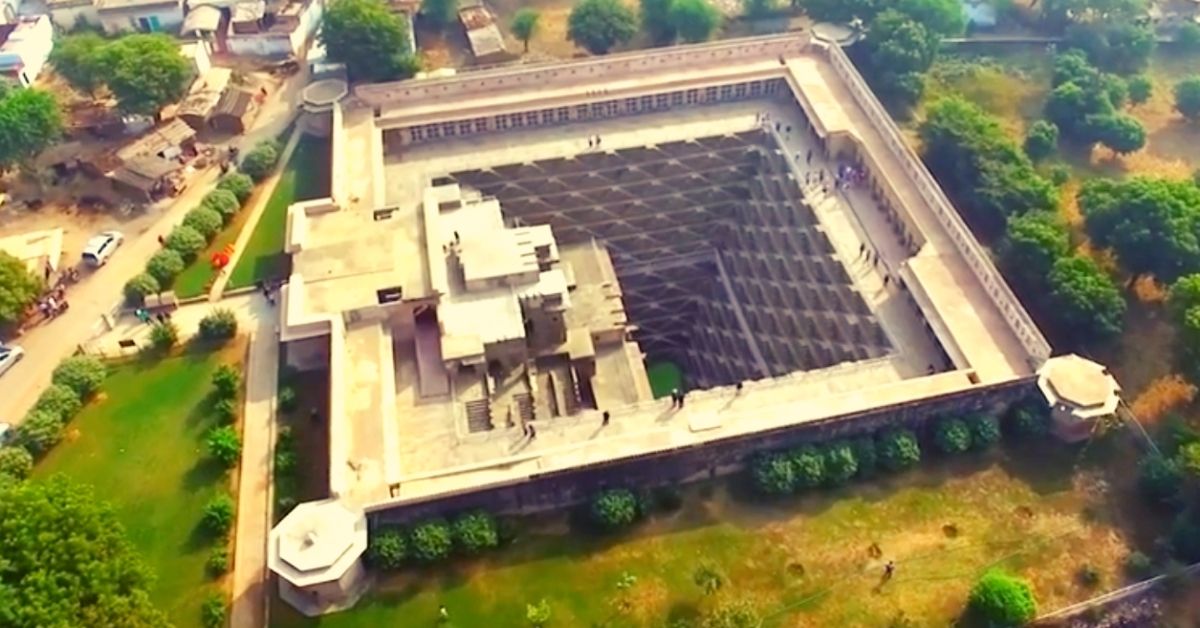Chand Baori: With 13 Floors & 3500 Steps, Why India’s Deepest Stepwell Is A Marvel
Built by King Chanda and dedicated to Hashat Mata, the Chand Baori in Rajasthan is an architectural and engineering marvel, despite its role in history being little known.

In Christopher Nolan’s The Dark Knight Rises (2012), a nail-biting sequence shows Bruce Wayne (Christian Bale) attempting to escape ‘The Pit’. In this top angle scene, the audience can spot a deep set of stairwells as Bruce makes his way up to the daylight.

The location for this was the Chand Baori stepwell in Abhaneri, a quaint village in Rajasthan. In fact, this architectural marvel has been part of several movies before, including Paheli (2005) and Bhool Bhulaiya (2007).
Despite appearing in movies viewed by millions across the world, this 1,000-year-old site remains a lesser known tourist spot in a state that boasts of marvellous forts and deserts.
In terms of its history too, very few know the significance of India’s (and arguably the world’s) deepest stairwell, comprising 13 floors.
The Chand Baori was built between 800 CE – 900 CE by King Chanda of the Nikumbh Dynasty, and is dedicated to Hashat Mata, goddess of joy.
The sculpted monument even doubles as a traditional water conservation system.
Given that the region is arid with temperatures going beyond 40 degrees during the summer, this harvesting technique has provided water to not only villagers, but also tourists in times of water scarcity. Back in the day, the pilgrims too must have found respite from arduous overnight journeys on these steps.
The stepwells, which are also called baoli, baori and vav are commonly found in parts of Rajasthan and Gujarat.
Their role in water conservation has been recorded through several civilisations including Indus Valley Civilisation. Chanakya’s Arthashashtra mentions irrigation using water harvesting systems. Sringaverapura, near Allahabad, used the natural slope of the land to store the floodwaters of river Ganga. Chola King Karikala built the Grand Anicut or Kallanai across river Cauvery to divert water for irrigation and King Bhoja of Bhopal built the largest artificial lake in India.
Meanwhile, Chand is 19.8 metres deep and enclosed by pillar verandas. It has double flights of 3,500 steps from east, west and south that take the shape of an inverted pyramid. The zigzag patterned steps run parallel to the baori rim.
The huge mouth of the well is where water is collected after trickling down through the steps. It then seeps underground through the porous rocks and recharges groundwater tables. The temperature at the bottom of the well is five to six degrees lower than the regional temperature.

Apart from the sustainable practice of water conservation, the architecture also boasts of natural light and air that further keeps the temperature lower. For instance, the jharokhas, native to Rajasthani culture, allow sunlight and wind to pass through.
One wall of the baori has a multi-storied corridor and niches where idols of Ganesha and Mahisasuramardini are kept. The structure also has a fascinating room called Andheri Ujala. Three sides of the well are covered by the stairs and the fourth side has a pavilion and rooms that once housed royalty.
It is said that the locals would assemble on the steps for community meetings, performances or social gatherings. This explains the huge performing stage that is also part of this structure.
However, as different rulers, including the British, came in over centuries, lack of maintenance and care has resulted in the site failing to establish itself as a mainstream tourist spot. The Archaeological Survey of India (ASI) took over the site in 1955 to look after it and bring back its former glory.
The Rajasthan government organises annual two-day Abhaneri festivals to attract domestic and international tourists to the area. The steps are decorated and several art forms such as Kalbeliya and Khayal are performed there.
Chand Baori is only 90 kilometres from the pink city of Jaipur. Buses and privates can be used to make day trips to the Abhaneri village.
(Edited by Divya Sethu)
If you found our stories insightful, informative, or even just enjoyable, we invite you to consider making a voluntary payment to support the work we do at The Better India. Your contribution helps us continue producing quality content that educates, inspires, and drives positive change.
Choose one of the payment options below for your contribution-
By paying for the stories you value, you directly contribute to sustaining our efforts focused on making a difference in the world. Together, let’s ensure that impactful stories continue to be told and shared, enriching lives and communities alike.
Thank you for your support. Here are some frequently asked questions you might find helpful to know why you are contributing?


This story made me
-
97
-
121
-
89
-
167











